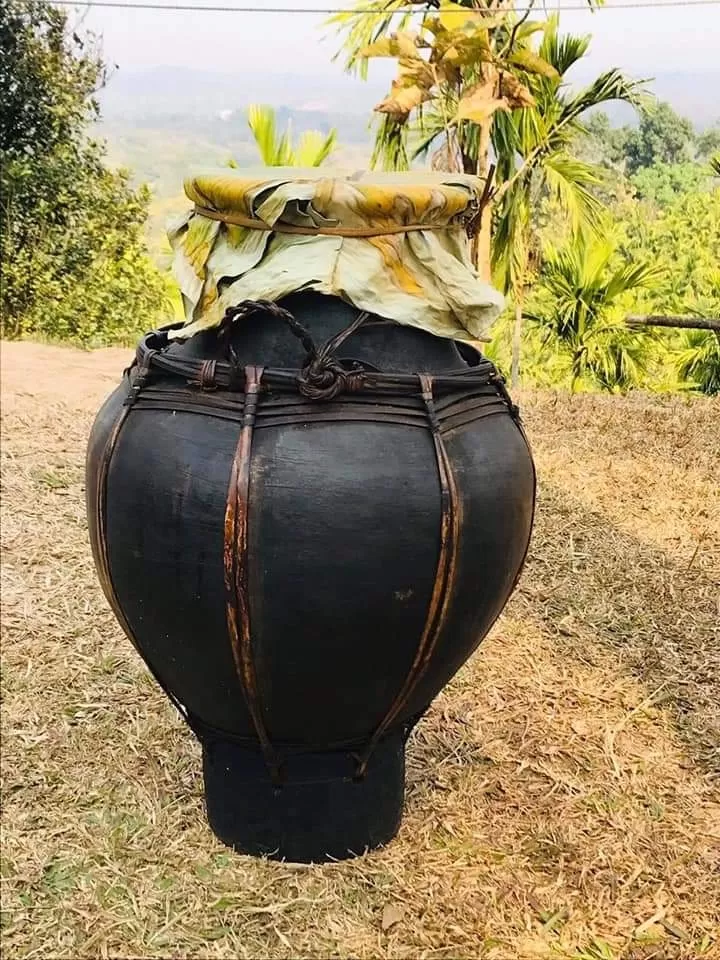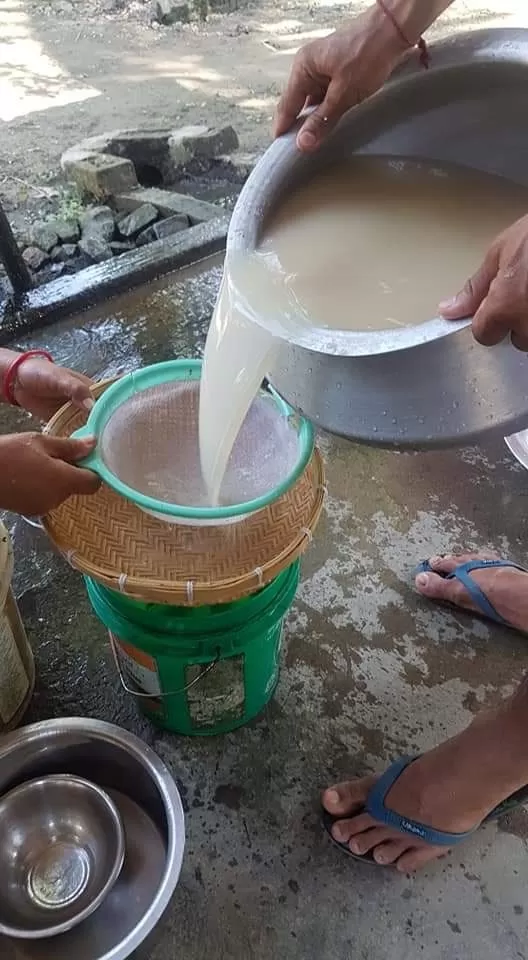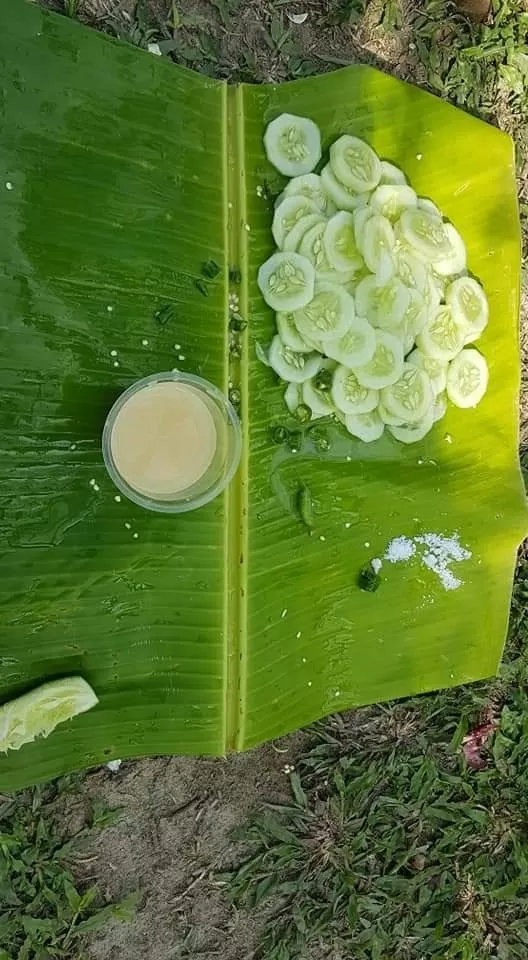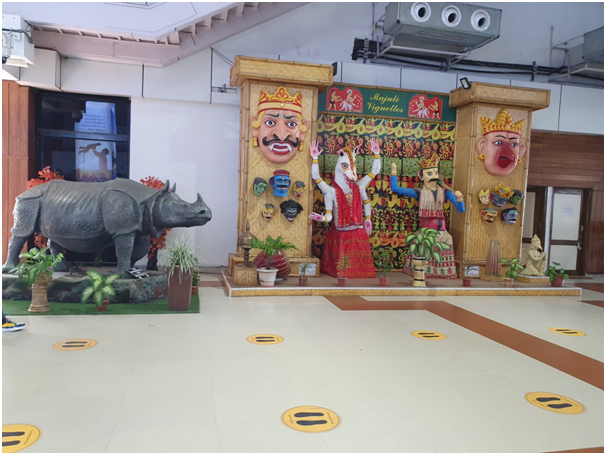Have you ever heard the words, Rohi, Apong, Xaj Pani and Jou Bishi? These words may sound alien to you. But ask an Assamese or someone from the North East India, they will with glee and bewilderment say, “arrey bhai eya Lau Pani / Rohi (bro it’s Rice Beer).” It’s like sacrilege to be a North Easterner and not to know about Lau Pani, Rohi and Apong (and the various other dialectical versions of the same drink). Seriously, are they names of Beer? Don’t tell me, it’s true, ” you must be kidding bro.” This is what one of my friends told me.
So without any further ado, let me present to our readers, the famed Lau Pani/Rohi. Next time you are in Assam or the north east, don’t forget one of our favorite drinks, or as they say, do not forget to subscribe to the easiest way to enter our land and soul.
Unlike other local drinks which are generally spuriated, injurious to health and may cause death also, these drinks from the North East have been prevalent since ages and they, on the contrary, have some benefits. But as the saying goes, “Excess of everything is bad”, so one needs to differentiate between necessary merriment and the injurious surplus indulgence, which if frequented, can have serious consequences.
The North-East India is inhabited by many indigenous tribes and as a part of their socio-cultural life most of these tribes prepare their own local brew, mostly using rice grains as the substrate. In addition each of the tribes also prepare their own unique starter cultures to carry out fermentation, and each type is a mixture of different parts of various plant species. These starter cultures in the form of cakes can be stored up to several months.
The fermentation is usually carried out in earthen pots at room temperature and takes about 5-7 days for completion of the whole process of preparation.
How to prepare Assamese rice beer?
Step 1: Most important one is to collect all the herbs used for facilitating the fermentation process. Then all the herbs are dried in the sun, pounded and made into round dough with pounded rice. This will be used for the fermentation process. (This process is long)
Step 2: Banana leaves are also used for rice beer preparation. One or two kilos of rice is cooked and spread over a banana leaf. Then, the dough with herbs used for fermentation is powdered and mixed with the cooked rice.
The rice chosen has an impact on the taste of the beer. Generally, sticky rice is used in Assamese tradition.
Step 3: Then the mixture is kept in an earthen pot(you can use a stainless steel pot too) covered with the banana leaf.
Note: No water is required to pour in the mixture. As naturally water is produced in the fermentation process. Some use to pour a little water with half a cup of water. But, this hampers the concentration of the alcohol.
Step 4: Keep it for two days(in summer) or three to four days (in winter). The first serving is concentrated and it tastes sweet. It is known as “Rohi” in Assamese.
There is a lot to discover in the North East ranging from the imposing mountains, mighty Brahmaputra, tea gardens, wildlife sanctuaries, abode of clouds, you name it and you will find in this beautiful land which I call “My Home”. Surprisingly, for a connoisseur of drinks, there’s an exciting world full of fabulous drinks waiting to be discovered.
Cheers guys and welcome to Assam.
Travel and Don’t Stop!
Visit: https://nomadlawyer.org/































